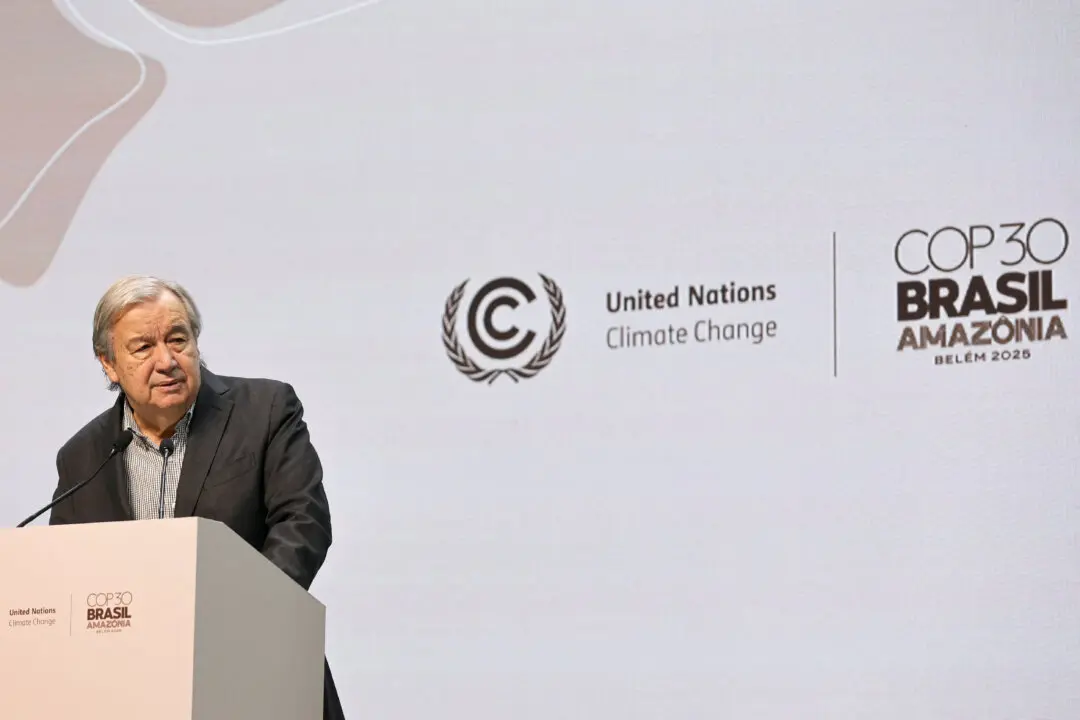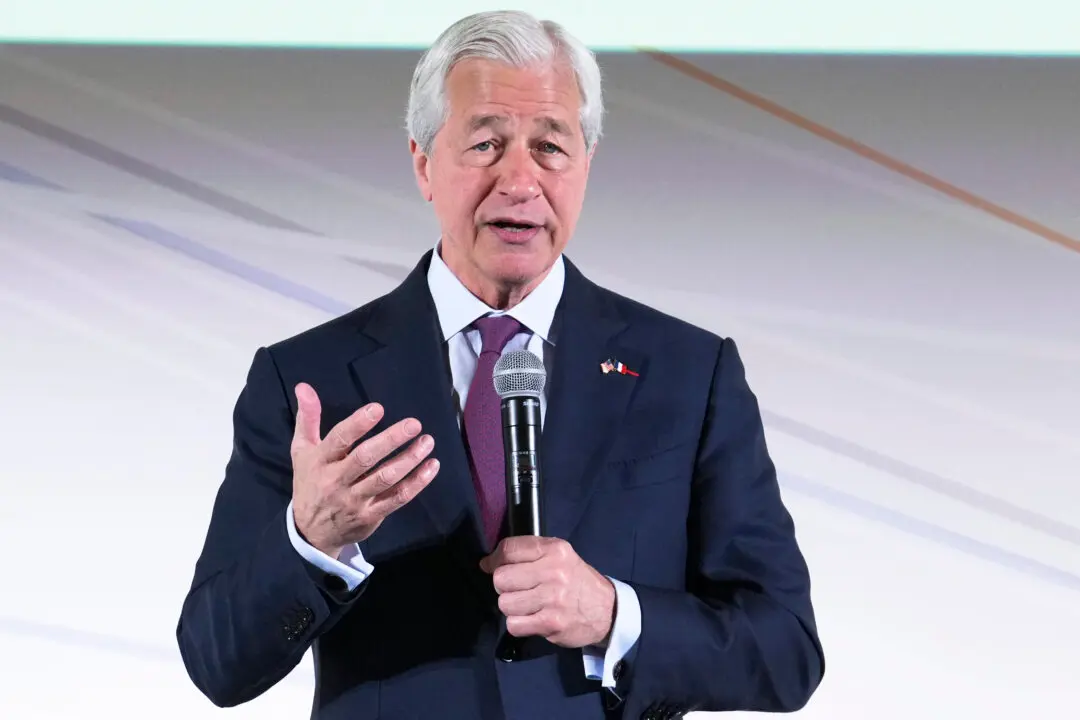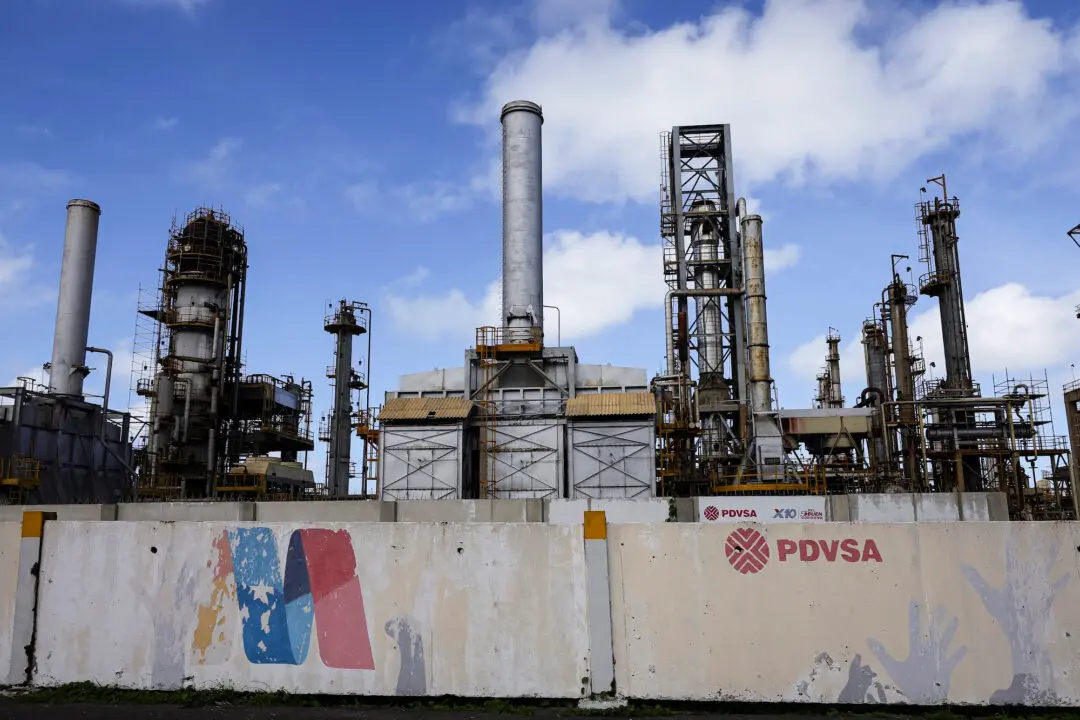Two prominent climate scientists have taken on new rules from the Environmental Protection Agency (EPA) on cutting carbon dioxide (CO2) emissions in electricity generation, arguing in testimony that the regulations “will be disastrous for the country, for no scientifically justifiable reason.”
Citing extensive data (pdf) to support their case, William Happer, professor emeritus in physics at Princeton University, and Richard Lindzen, professor emeritus of atmospheric science at Massachusetts Institute of Technology (MIT), argued that the claims used by the EPA to justify the new regulations aren’t based on scientific facts but rather political opinions and speculative models that have consistently proven to be wrong.





